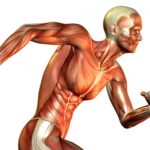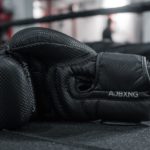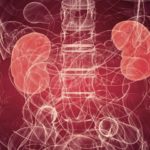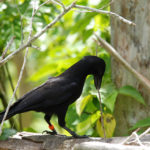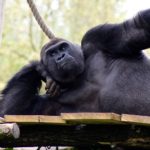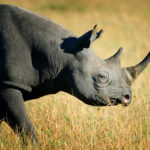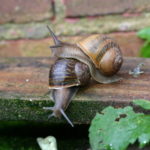How does Hamstring pull occur?
The Hamstring groups of muscles are found over the back of the thighs. These are a very strong group of muscles that provides thrust during fast running or jumping. These muscles include semimembranosus, semitendinosus, and biceps femoris (short and long heads). A hamstring pull or strain is a tear involving one or all of these muscles. The muscle tear is usually partial though in serious injuries it may be a complete tear.
Hamstring pull – how does it occur?
A hamstring pull may occur due to poor muscle coordination or reduced elasticity of muscles. A previous hamstring strain also increases the risk of recurrent injury. It has been found that poor mechanics of leg and pelvic movements are related to such sports injuries. Lack of proper warm-up is also an important factor. Warm-up before a strenuous exercise improves blood flow and improves performance. Passive stretching of muscles before exercise enhances their elasticity.
Excessive loading of muscles should be avoided. An unaccustomed exercise therefore can result in muscle pull. Fatigue due to earlier training is a risk factor too, and adequate rest is essential. Any nerve-muscle conduction or coordination abnormality poses a risk for a hamstring pull. Slippery or uneven surfaces also increase the loading of hamstring muscles.
Symptoms of a hamstring pull
The most common symptom is a feeling of tightness or pain over the back of the thighs. In case of severe injury, pain is intense and makes it impossible to continue sporting activity or even walking. The pain appears suddenly during activity. It may be associated with a popping sensation. Pain is aggravated on walking, on bending forwards, and on the straightening of the leg. Locally there is tenderness and ecchymosis which may take a few weeks to disappear.
Diagnosis
The diagnosis of this condition is easy and is based on a simple history of injury or physical activity. Local examination reveals the injury. Imaging may be required to assess the extent of injury in which case magnetic resonance imaging (MRI) is performed. The severity of hamstring pull is assessed as below.
Grade I injury: There is tightness over the back of the thigh but one is able to walk, though running is not comfortable. Mild swelling is noticeable at the site of strain along with mild tenderness.
Grade II injury: The pain is relatively severe and the injured person walks with a limp. Walking also aggravates pain and forces to stop and sit down. Locally, there is a swelling that is very tender. Flexing the knee against resistance induces pain.
Grade III injury: This is a severe form of injury with a major tear in a muscle. Blood clot forms in the gap of a torn muscle. Pain and tenderness are severe. Knee feels weak and one cannot walk without support and crutches are required. There is a prominent swelling and bruising appears over a large area. The size of the bruise indicates the amount of bleeding or severity of the injury.
Treatment of hamstring pull
Depending on the time of presentation after an injury, treatment is initiated. Immediately after an injury when some of the above symptoms are felt, one should stop the activity and take a medical consult. Continuing a sports or other activity increases the injury and delays recovery.
- Pain relief: RICE therapy and NSAIDs are useful.
- Rest, Ice, Compression, and Elevation (RICE) therapy: Provide rest to the injured part by stopping any more physical activity. This should continue for a few days till the pain is very severe. Local application of ice during the first 48 to 72 hours reduces local swelling by inducing blood vessel contraction. This reduces any minor bleeding also. Apply ice for 20 minutes every two to three hours for the first few days. Compression bandaging reduces swelling and bleeding. Elevation of the leg also helps in the reduction of swelling.
- Physiotherapy: This is started as soon as the pain reduces. The aim is to achieve a pain-free complete range of movements so that one can return to an earlier level of physical activity. This also includes muscle strengthening, improving stability, and overall improvement of proprioception, agility, and balance. It may take 3 to 6 months for a satisfactory recovery. Recurrence of injury can be achieved by good physiotherapy.
Hamstring pull is a common issue. One should take proper care immediately. Rest and physical therapy increase the speed of recovery.

